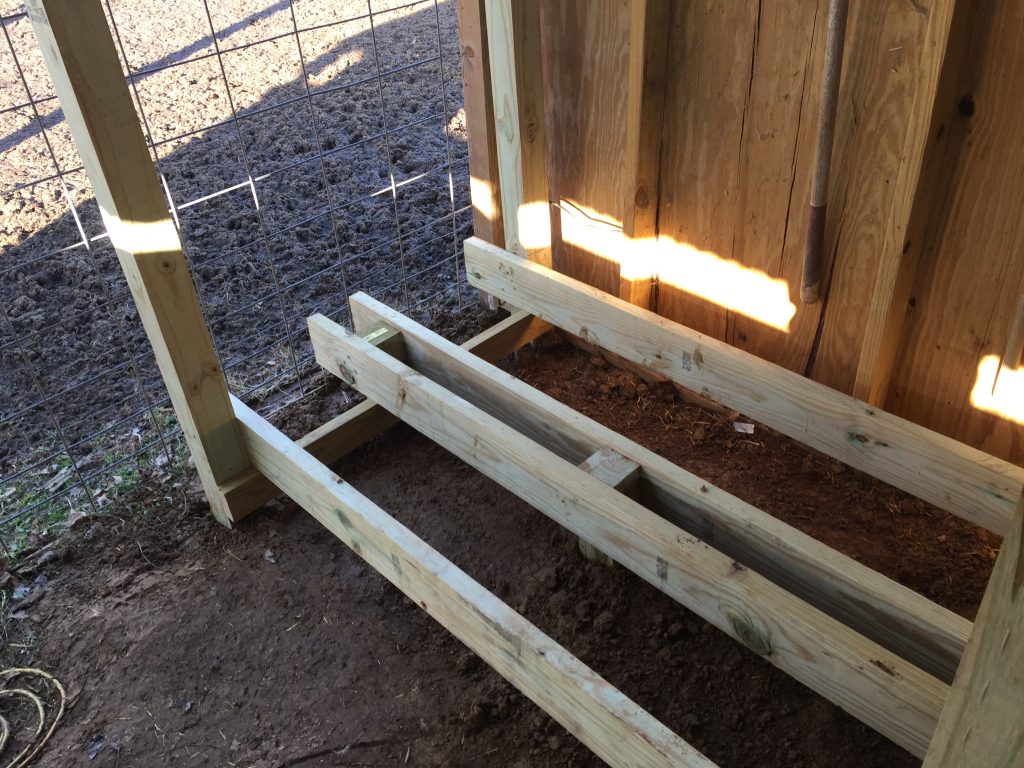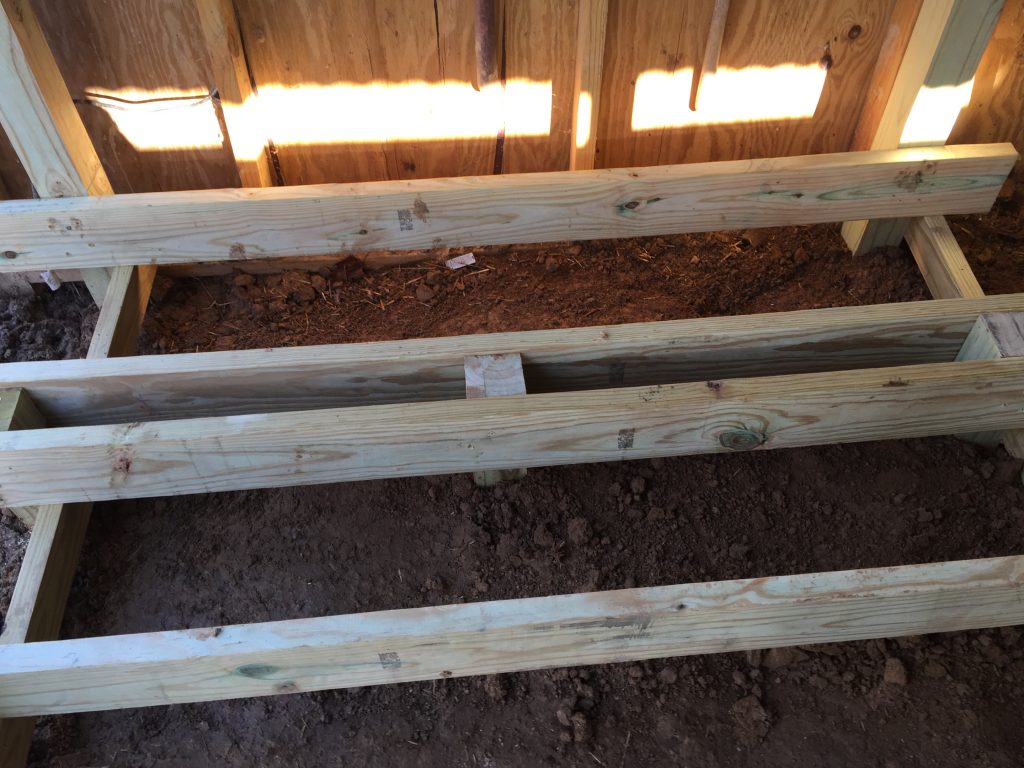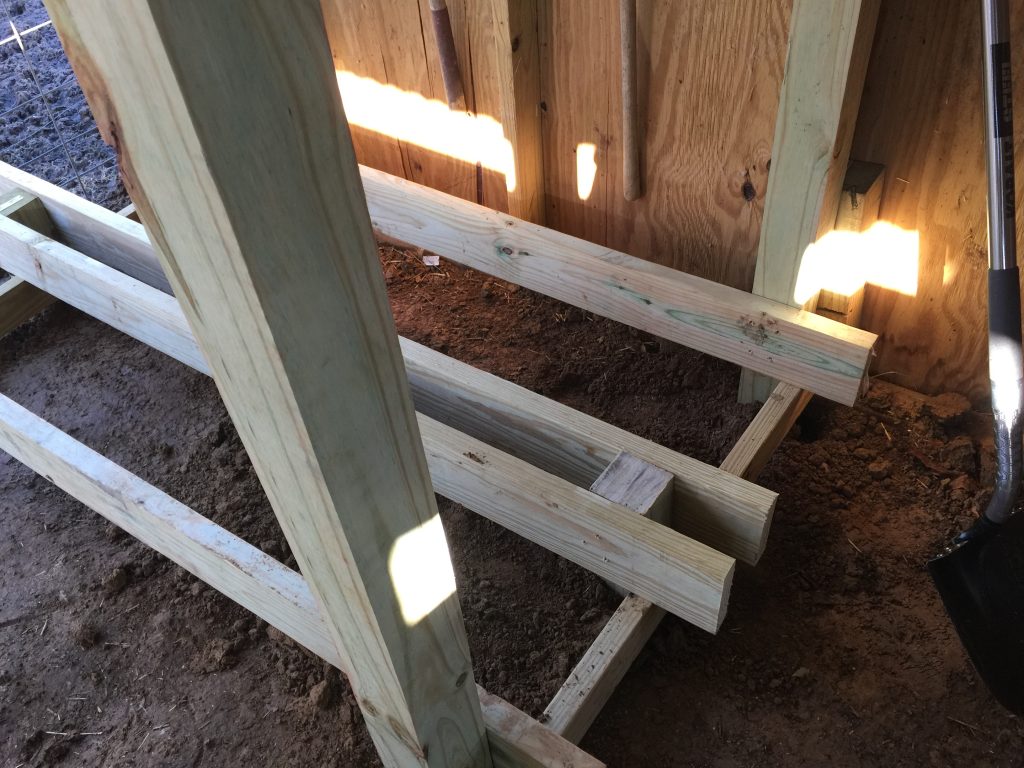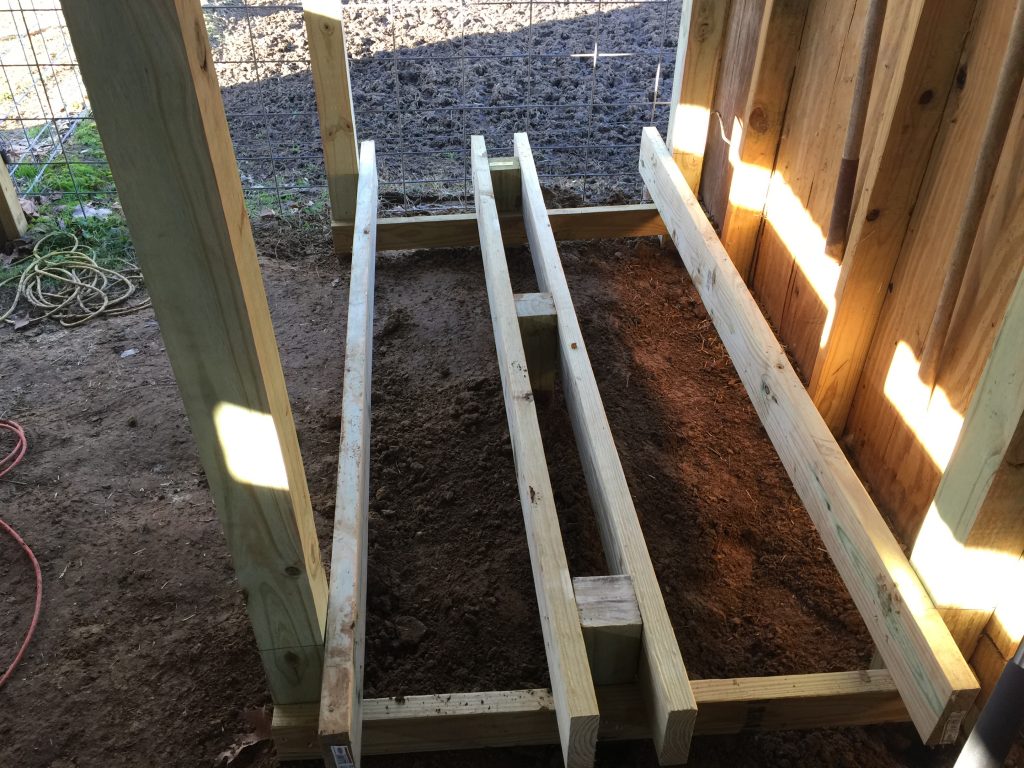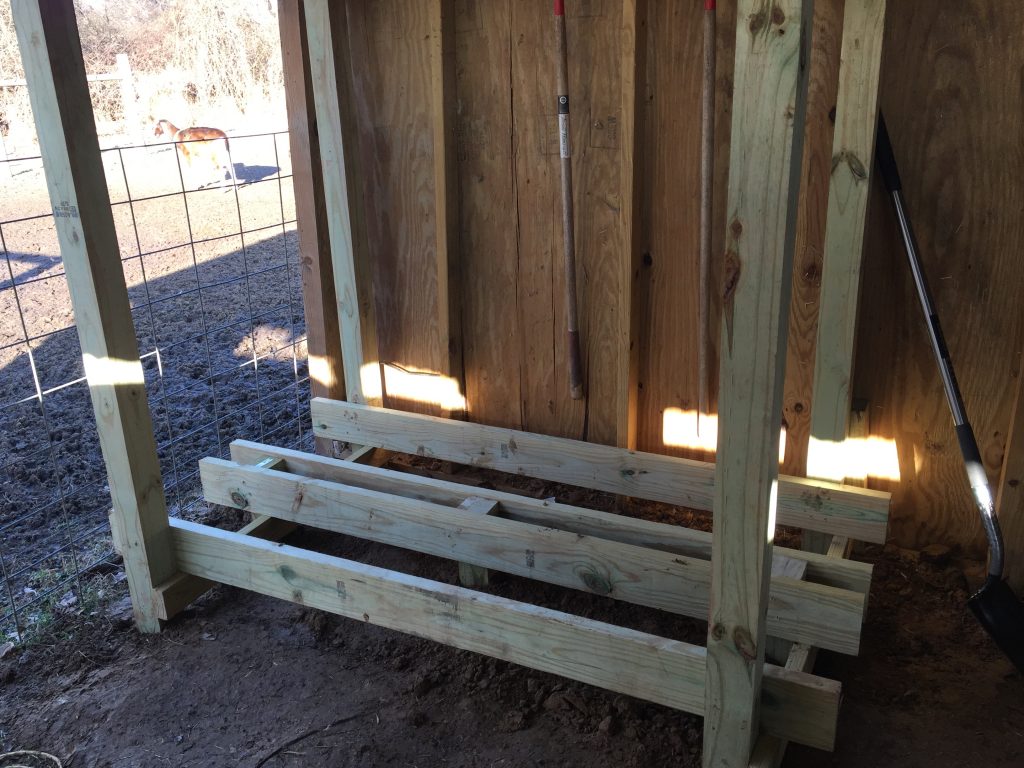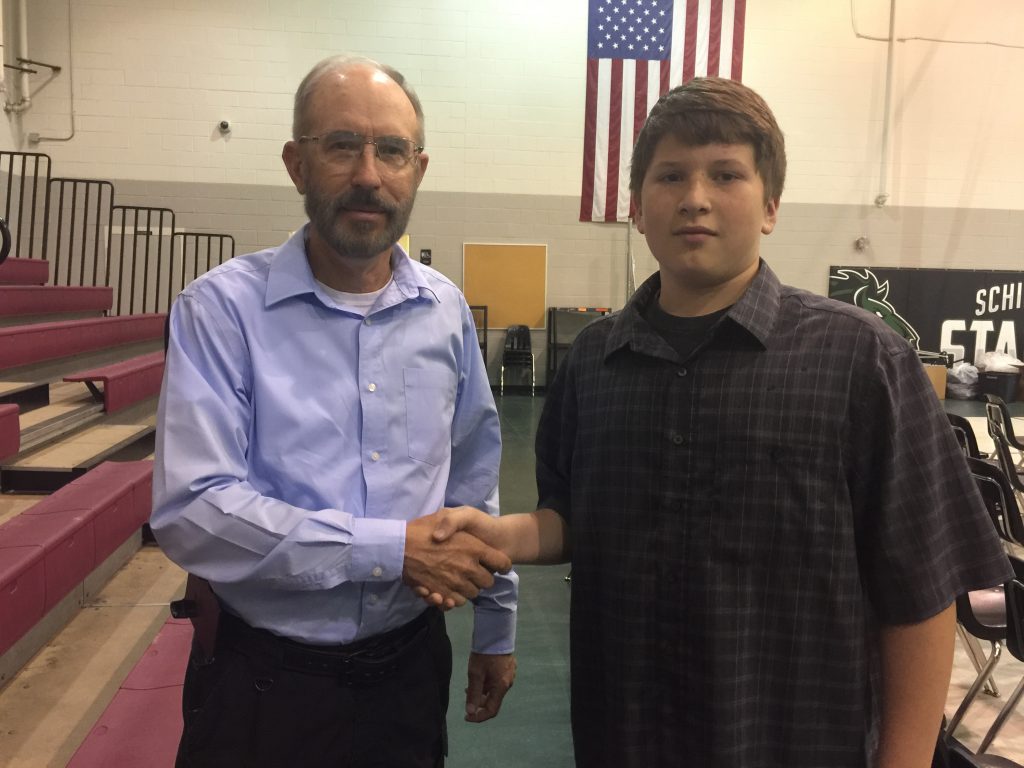We do not spray our fields we grow food in with herbicides. Herbicides for those of you that don’t know kill weeds without (hopefully) killing the food crop you are trying to grow. There are two types, selective (kills the weeds and not the crops) or non-selective (kills everything). The next time you are out and see a clean, weed free field especially of corn or soybeans the farmer is most likely using herbicides (in conjunction with other means). They work great and have been used for many years, but they do have a few “minor” downside issues. The first “minor” issue is expense, herbicides and the equipment to spray them are expensive. Also if you are going to spray them yourself in many areas you will need an applicators license (which you will need to take and pass a test to get “certified”). Also you can hire someone to spray your fields for you either on the ground or from the air, both are common farming practices. The second “minor” issue is the possible health and environmental related effects of herbicide residue in your food and in the soil. There is conflicting information on herbicide related effects on people, animals and the environment but we err on the side of caution. Just search online for the word glyphosate which is used in many of today’s modern herbicides and review the results for yourself.
What we utilize is commonly called mechanical weed removal. We have a tractor mounted and manual walk behind tiller, a row builder and a cultivator for removing weeds under most circumstances. These work pretty good in most stages of crop growth. The cultivator allows us to drive between the rows and remove the weeds by having a steel shank called a sweep pulled under the soil. This has been a pretty common farming practice for a hundred years or more; before tractors farmers used animals to pull cultivators and before that they used their spouse (BE ADVISED: for any budding homesteaders out there who are considering this option this can be a touchy subject with your significant other). The row builder is not really designed for weed removal but when hilling (moving soil from the middle of the row to around the plants in the row) and done properly has provided us a measure of successful weed control in the past. The walk behind tiller is used for close quarters combat with weeds and is especially effective around tomato cages. The tractor mounted tiller is only used in a weed removal context when a very wide area that we leave between crop types (example: between corn and tomatoes) is utilized.
Vine type vegetables (cucumbers, squash, pumpkins, all types of melons etc.), blackberries and grapes require some special handling. Driving the tractor around, through or over this type of home grown edible in our small scale world is problematic and trying to use the walk behind tiller in most of these circumstances is agricultural suicide. There are large scale solutions to weeds but not much for mechanical removal except the old “Armstrong” methods (me, my wife, my children and grandchildren manually removing weeds) so prevention is a better solution. We utilize black fabric around the plants and then apply mulch on top of that. This will slow but not always stop weed growth, I suggest periodic weed removal throughout the growing season always keeping a watchful eye for invaders. We use a regular hoe or a wheel hoe I built several years ago as much as possible but many times it’s just your hands and a smile. Some years this works better than others, but in my view anything is better than ingesting unwanted chemical residue.
In my opinion weed control is a pay me now or pay me later proposition. Spraying herbicides is much easier and less labor intensive then mechanical removal but in 20 years if things go south you could pay the ultimate price. Something to think about
Until next time, see you down at the barn.
